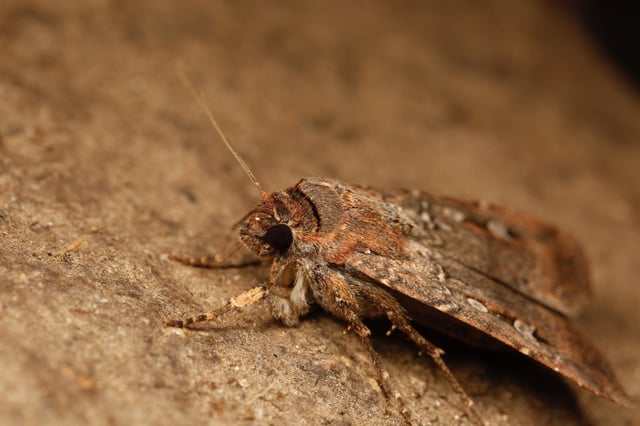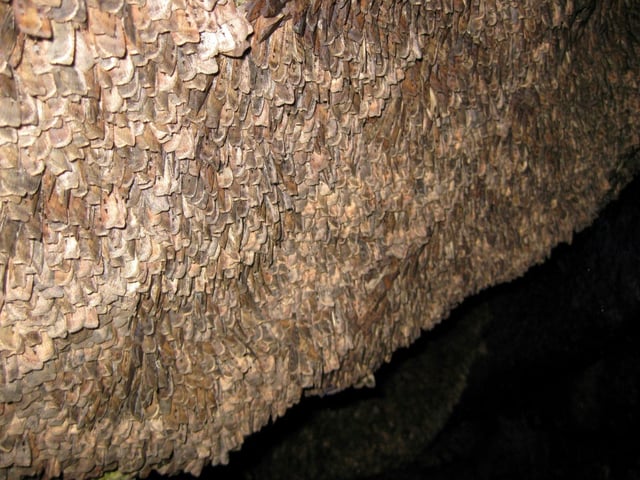Overview
- Flight simulator tests showed moths flying seasonally appropriate directions under natural starry skies even when magnetic cues were removed
- When stars were obscured or projections were rotated, moths switched to magnetic navigation or reversed course, confirming reliance on both compasses
- Electrophysiological recordings identified neurons in navigation centers that fire strongest when moths face their correct migratory direction
- These findings mark Bogong moths as the first known invertebrates to use celestial navigation for long-distance migration
- With populations now listed as vulnerable, understanding their star-based navigation offers guidance for conservation strategies such as reducing light pollution



